Interviews
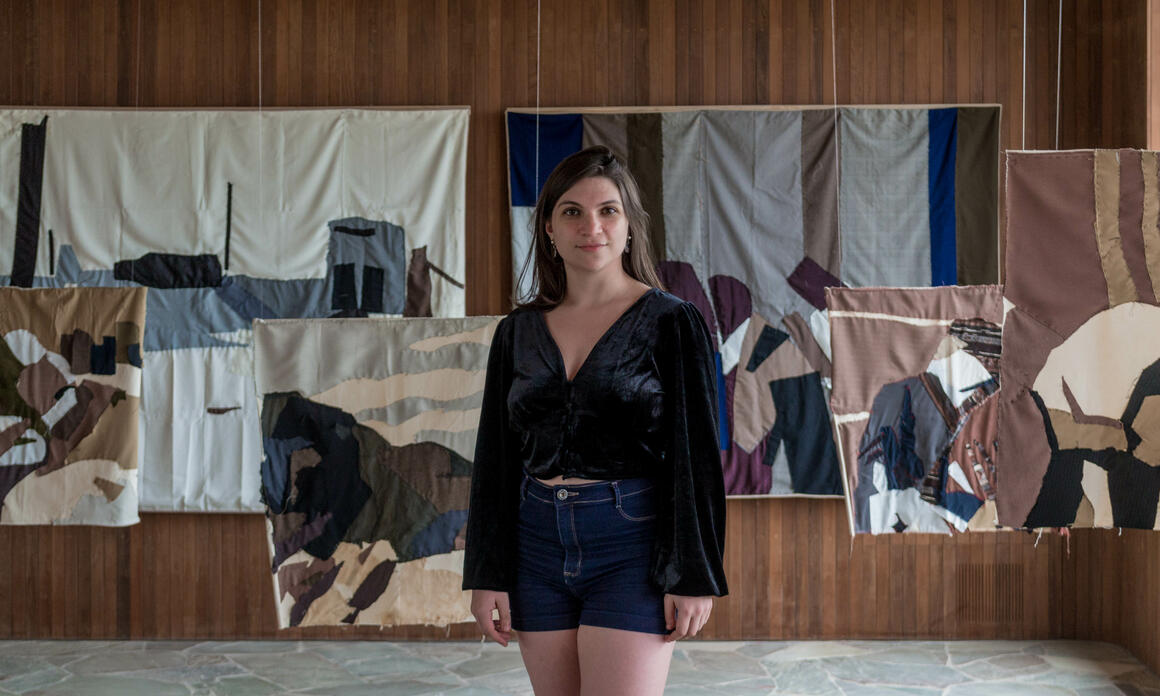
RETHINKING HISTORY THROUGH THE LENS OF LANGUAGE: AN INTERVIEW WITH ELIÁN STOLARSKY
In 2018, at only 28 years of age, the National Museum of Visual Arts in Montevideo (MNAV) held a solo exhibition of her work Y todos los otros, where she reconstructs her family’s Jewish past, explores the construction of Polish identity after World War II emigration and, ultimately, creates a historical archive of a generation through printmaking, textile art and animation. Since 2015 she has been living in Europe: first she lived in Belgium, where she enjoyed a residency in the Frans Masereel Centrum’s program, and now she is in Spain, where she arrived to be part of Casa Velázquez’s residency program and where she remains.
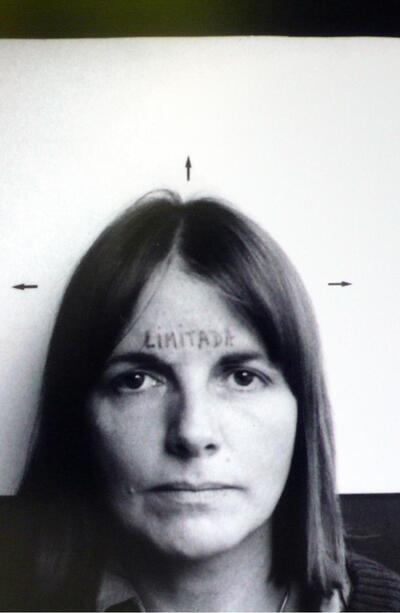
MARIE ORENSANZ: "THE ARTIST IS A WITNESS OF HIS TIME"
Within the framework of Buenos Aires Art Week, the Argentine artist Marie Orensanz tells us about the artwork installed in the Seeber Park and reveals her perspective of the contemporary context. In addition, she makes a journey through her career with anecdotes in the first person.
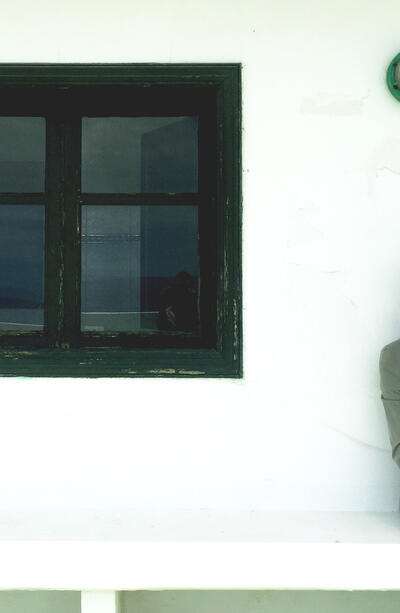
Roc Laseca: "we already know how to die in museums, now we have to learn how to live in them"
Interview with Roc Laseca on the occasion of the International Museum Day
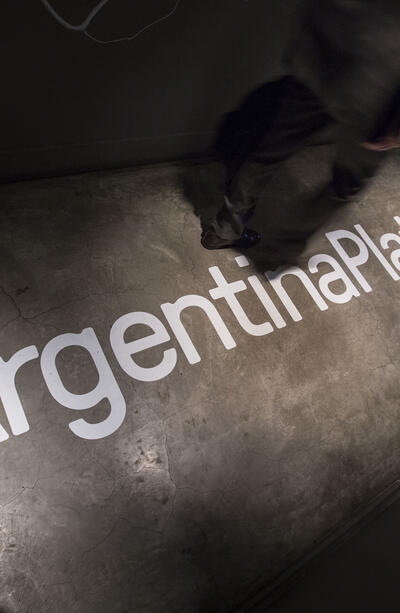
Argentina ARCO platform: Interview with Inés Katzenstein
Inés Katzenstein is curator and art critic. She directs the Artists Program of Torcuato Di Tella University, of which she is also the founder. She is the curator responsible for "Argentina Plataforma ARCO" in the fair ARCOMadrid 2017.
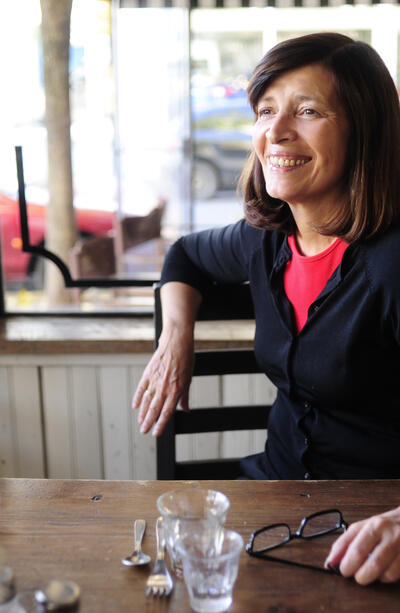
Interview with Graciela Speranza "ARCOMadrid exhibits the natural display of a variety"
Graciela Speranza is a writer, teacher, essayist and art critic. At the ARCOMadrid Art Fair 2017, he coordinates the Art and Literature Day, with the participation of Alan Pauls, Fabio Kacero and Patricio Pron.
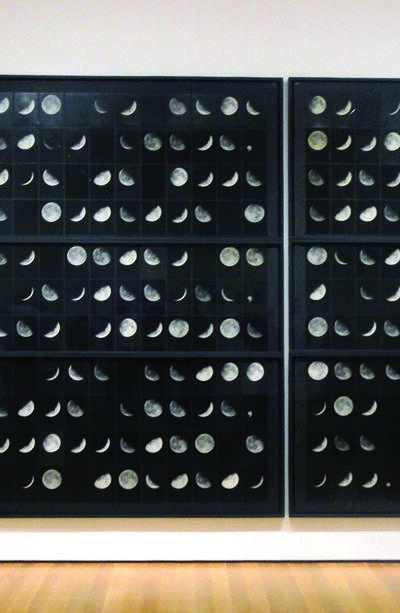
Leandro Katz in conversation with Julia P. Herzberg
The visual artist, writer, and filmmaker spoke with Julia P. Herzberg for Arte al Día about his work process, his interest in photography and its boundaries.
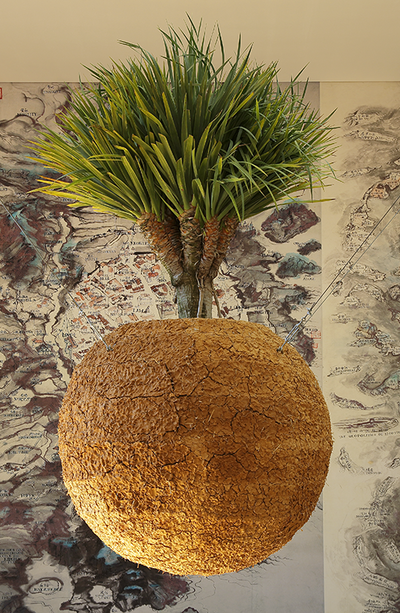
Roaming Biennal: Interview with Charles Esche
31° São Paulo Biennal curator
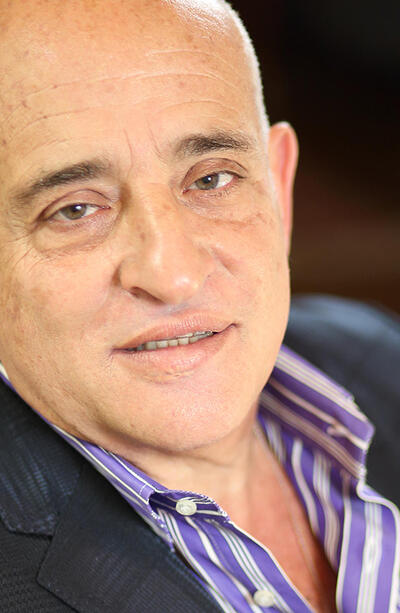
Aníbal Jozami: consider globality from the south
The Dean of the UNTREFF and brand new Director General of the Unasur, spoke with Arte al Día about this new project of regional integration that will take place in Buenos Aires in 2017.
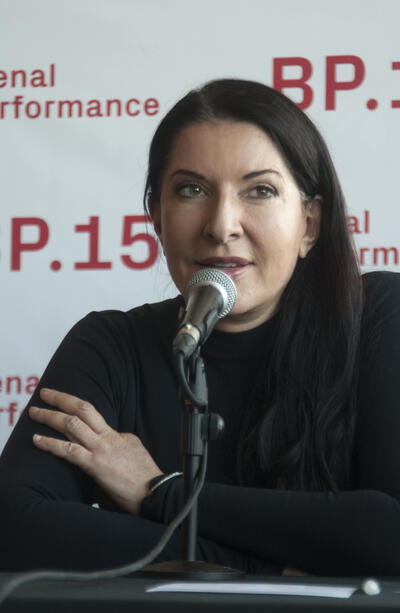
Marina Abramovic “I like to push the limits, but I love life too much”
During her passage through Buenos Aires, Marina Abramovic talked about her beginnings as a performance artist, her relationship with death, and the artistic experiences that left the strongest imprint on her in an interview for Arte al Día International.
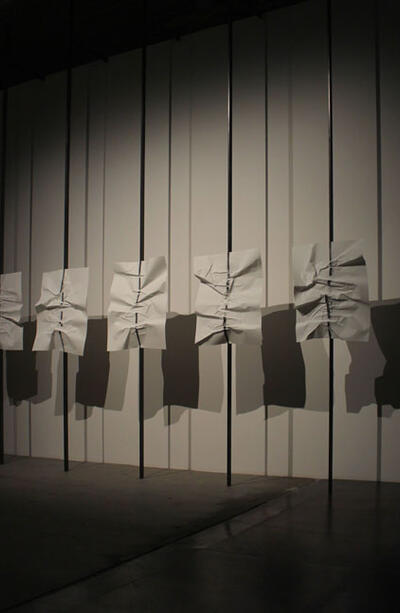
Eduardo Basualdo
Sitting in a pub in Buenos Aires in mid-July, the 56th Venice Biennial seems an already distant event. This edition is, however, an important one for the Argentine art scene, which it will be worth revisiting for further information and definition of stances regarding the work of the three artists from this country who were invited to participate in the exhibition All the World’s Futures, curated by Okwui Enwezor.
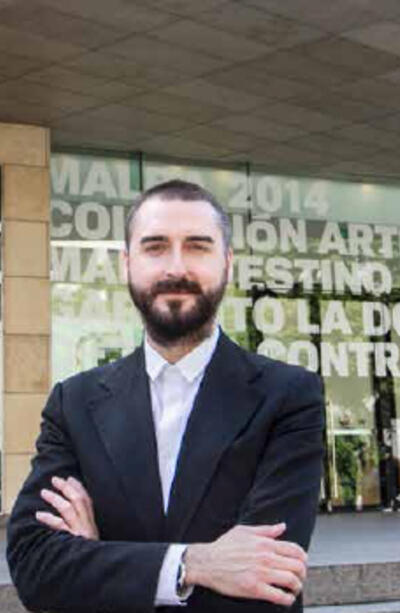
Curatorship as Narrative and as Collective Practice
Agustín Pérez Rubio (Valencia, 1972) recently took office as Artistic Director of Malba (Museum of Latin American Art, Buenos Aires). This interview explores Pérez Rubio’s vision of Argentine art from a propositional perspective.
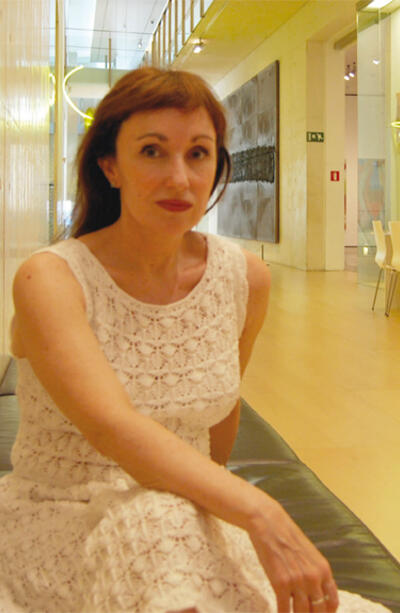
INTERVIEW with NEKANE ARAMBURU
| The Museum of Modern and Contemporary Art of Palma, Majorca, Es Baluard, is beginning a promising stage under the direction of Nekane Aramburu. |
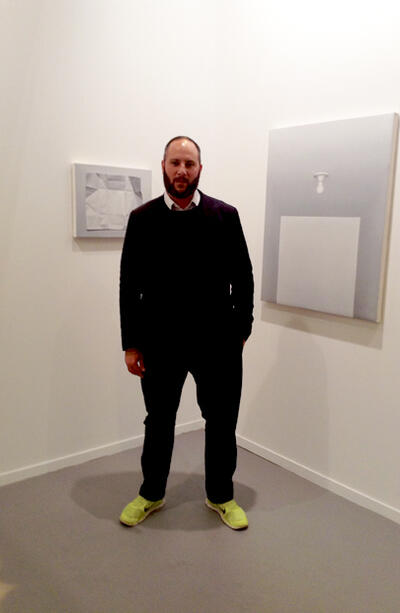
Pablo León de la Barra or Curatorship as Ludic Manifesto
Playfulness –in its most genuine and lighter expression, yet one that is capable of shaking our world imaginaries – is, like the shadow of Pablo León de la Barra, the new Guggenheim UBS MAP Global Art Initiative Curator of Latin American Art, inseparable from his figure. An invaluable advantage for the contemporary art of the region, which he will bring to the iconic New York museum during his two-year residency.
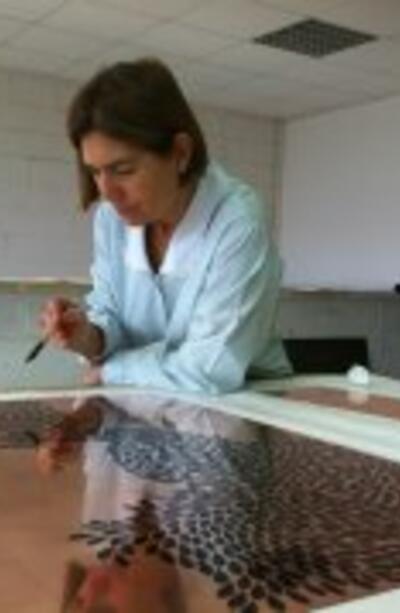
Francisca Sutil in conversation with Julia P. Herzberg
Julia P. Herzberg: Let’s talk about the various decisions you made when creating Mute, this very beautiful series of paintings on paper characterized by rows of undulating abstract gestures in the form of small oblong marks.
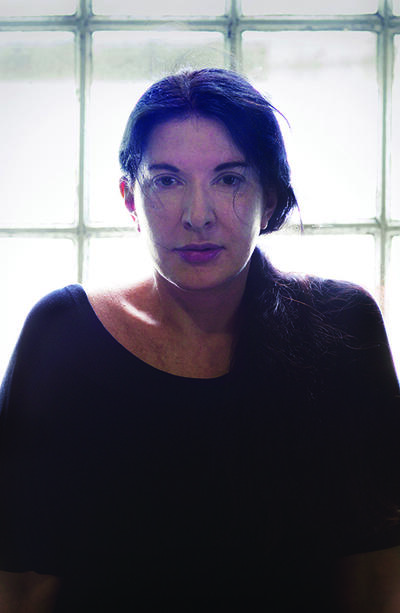
Marina Abramovic in Conversation with María José Arjona
As an introduction to the work of Marina Abramovic (Belgrade, Yugoslavia, 1946) Sarah Lyall wrote in The New York Times dated October 19, 2013: “In the name of art, she has hung naked on a wall and carved into her own stomach with a razor..."
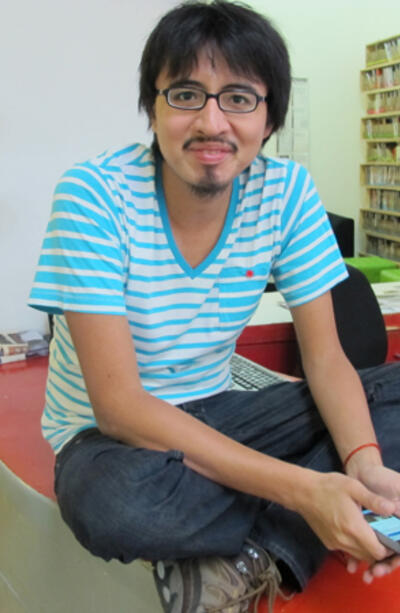
Miguel López in Conversation with Cecilia Fajardo Hill
C.F.: I’d like you to tell us about your intellectual training and the ideas that appear in your work, which are inserted in fields as diverse as “queer” politics, art and protest, twentieth-century Peruvian art, memory reactivation, and the processes of “historicization” of Latin American art between the 1960s and the 1980s, ideas that are, on the one hand, specific and constitute an archaeology of little researched histories of Peru and Latin America, and that offer, on the other hand, perspectives that disavow traditional art history models and set themselves up as possible spaces of critical re-signification.
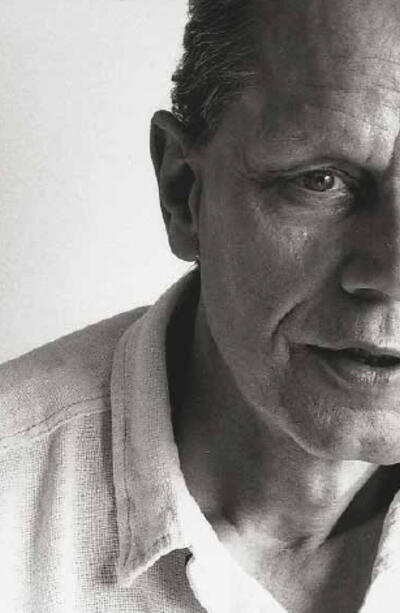
GUY BRETT IN CONVERSATION WITH GABRIEL PEREZ-BARREIRO
Gabriel Pérez-Barreiro: Guy, you have worked primarily as an art critic, but you have also curated several very important exhibitions. Many people think these two activities are somewhat incompatible, and there are few cases like yours. How do you approach this crossover, and what makes you decide to curate an exhibition rather than, say, writing an essay about the same artists?
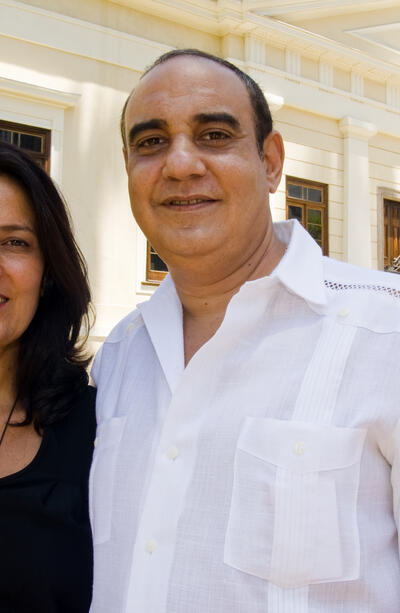
CASA DAROS, RIO DE JANEIRO
The Brazilian Isabella Rosado Nunes and the Cuban Eugenio Valdés Figueroa are the Directors of Casa Daros in Rio de Janeiro.
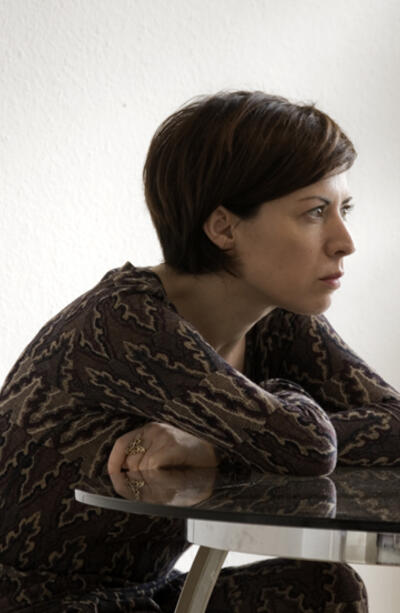
Chus Martinez in conversation with Octavio Zaya
Chus Martínez, the Spanish curator who is dOCUMENTA (13) Head of Department, and Member of Core Agent Group and was recently appointed Chief Curator at El Museo del Barrio, answers a selection of questions posed to her by her colleague, curator Octavio Zaya, who has been appointed Curator of the Spanish Pavilion at the 55th Venice Biennial (2013).
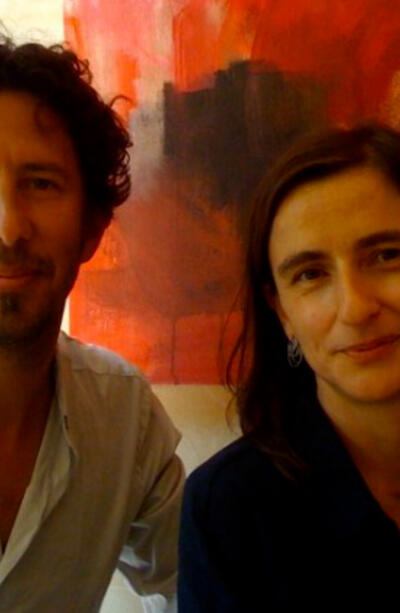
José Roca in a conversation with María Inés Rodríguez
The Colombian curator José Roca, who is the newly appointed Estrellita B. Brodsky Adjunct Curator of Latin American Art at Tate, London, and who represents the gallery in Latin America and plays a leading role in strengthening its already close relationship with the art of the region, was interviewed by his fellow countrywoman, María Inés Rodríguez, recently appointed Chief Curator at the Tamayo Museum, after having served in the same capacity at the Castile and León Museum of Contemporary Art (MUSAC).
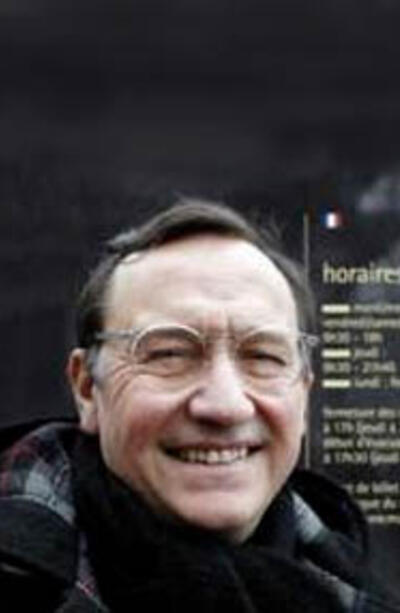
Conversation with Serge Lemoine on Luis Tomasello
The exhibition Tomasello. Visible Structure and Reflected Color, organized by Ascaso Gallery in Miami, showcased the work of this master who expanded the view and the possibilities of lumino-kineticism, under the curatorship of Serge Lemoine, Professor Emeritus of Art History at the Sorbonne University, Paris, a theoretician in the field of geometric abstraction and concrete art, and the author of revealing texts such as Mondrian et De Stijl, or François Morellet, or Aurélie Nemours.
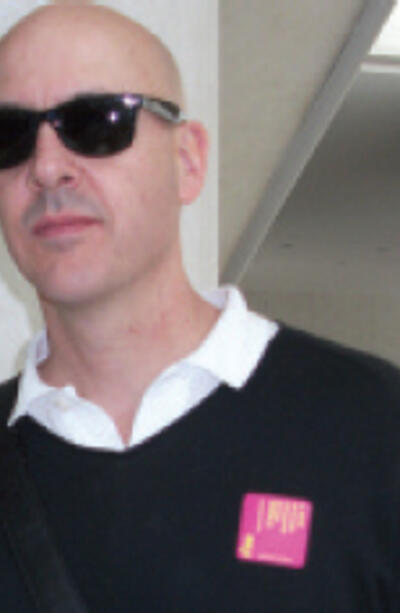
Patrick Charpenel: New Director of the Jumex Museum
In 2002, curators Patrick Charpenel Corvera, born in Mexico, and Silvia K. Cubiñá, born in Puerto Rico, worked together in an exhibition entitled Interplay, presented at The Moore Space in Miami, as part of the projects coinciding with the launching of Art Basel Miami Beach.
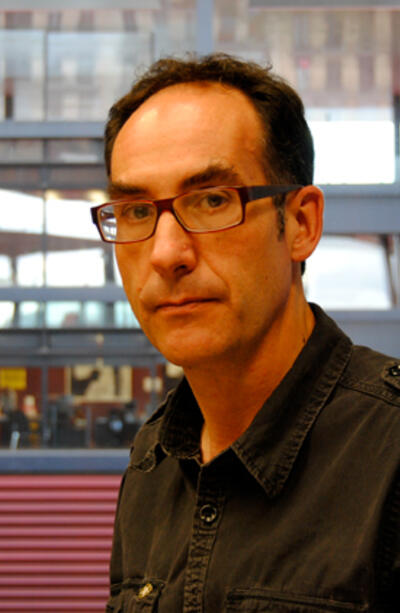
Latin American Conceptualism Bursts into the Institutional Arena Bringing New Management Models.
Interview with Jesús Carrillo, head of the Cultural Programs Department at the Museo Nacional Centro de Arte Reina Sofía in Madrid, and researcher and liaison for the Southern Conceptualisms Network.
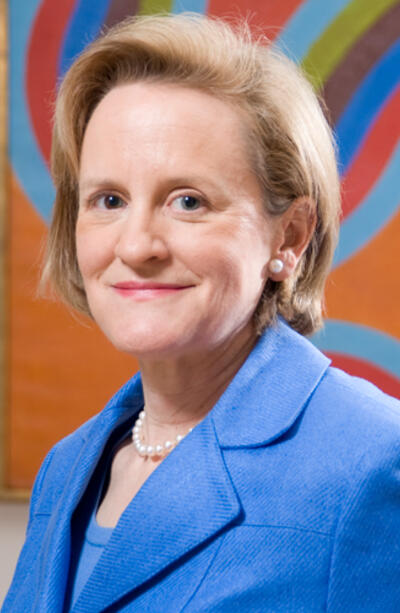
Interview: Elliot Bostwick Davis
The new pavilion of the Museum of Fine Arts Boston, designed by Foster & Partners (London), creates a common space, where artworks from North, Central, and South America produced over the course of three millennia interact like in no other museum.
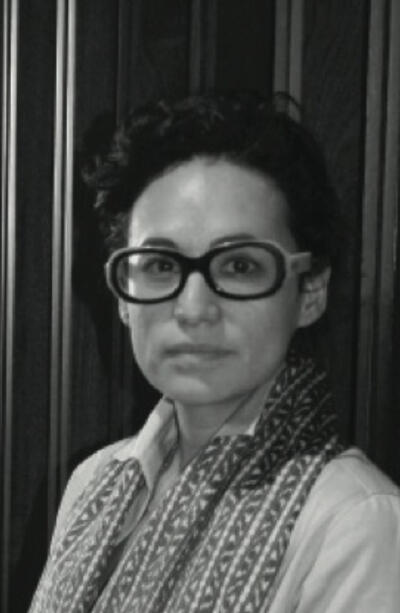
Sofía Hernández Chong Cuy
This Mexican curator must rethink the future of one of the finest private collections of Latin American art in the world.
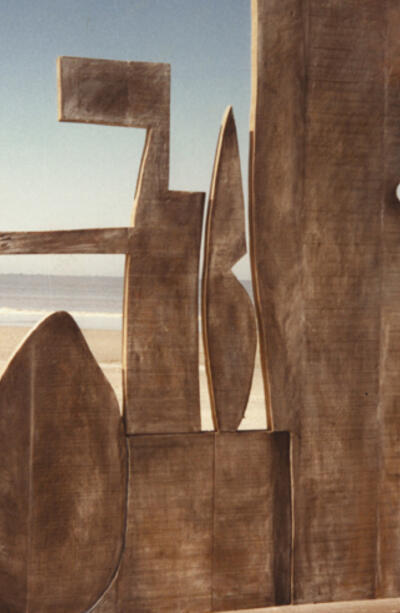
Cecilia de Torres
In the course of her life, Cecilia de Torres has been in close contact with some important figures of Latin American modern and contemporary art. But this is not the story of the gallerist who has built bridges for Latin American art to become known in the United States and Europe.
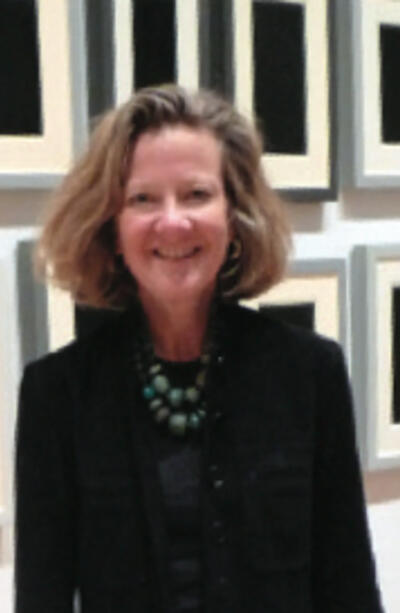
Mary Schneider-Enríquez
Harvard Art Museum’s new Associate Curator of Modern and Contemporary Art would like Latin America to be referred to more often at this university in Cambridge, Ma. , as an example of how art is conceived in the world of today.
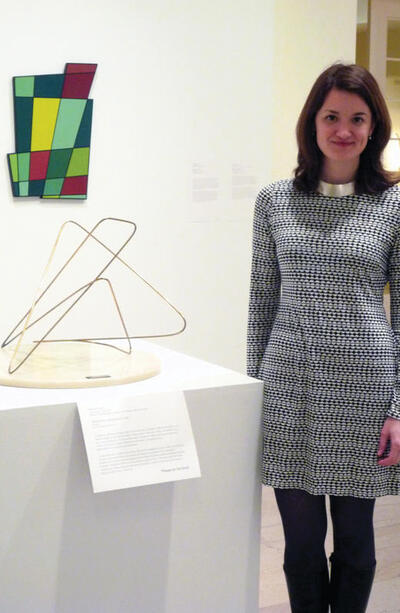
Mary Kate O’Hare
The curator of Constructive Spirit. Abstract Art in South and North America, 1920s-50s defends the sui generis character of the abstract art that emerged in Uruguay, Argentina, Brazil, Venezuela and the United States in the mid-twentieth century.
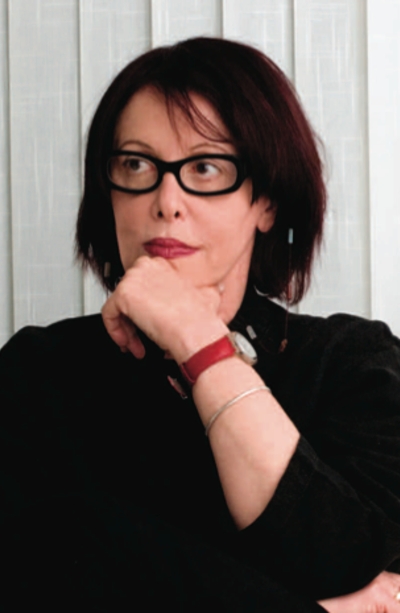
Sowing Seeds for the Future
Despite the lengthy trajectory of video art in the international context, Spain has been one of the last nations to incorporate audio visual works in its museums.
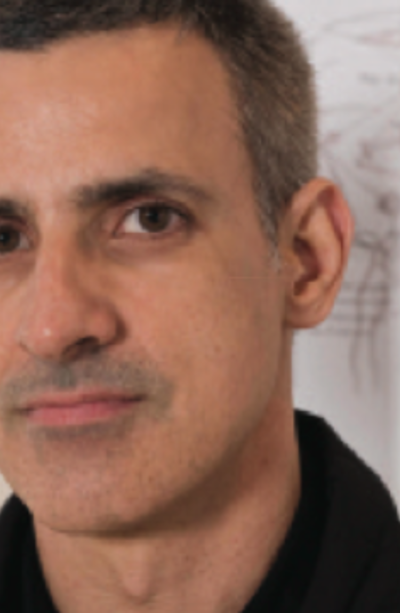
PROFILE : Adriano Pedrosa | y sus visiones alternativas
The name of Brazilian curator Adriano Pedrosa is inseparable from the process of creation of the role that an international curator may play in the 21st century.
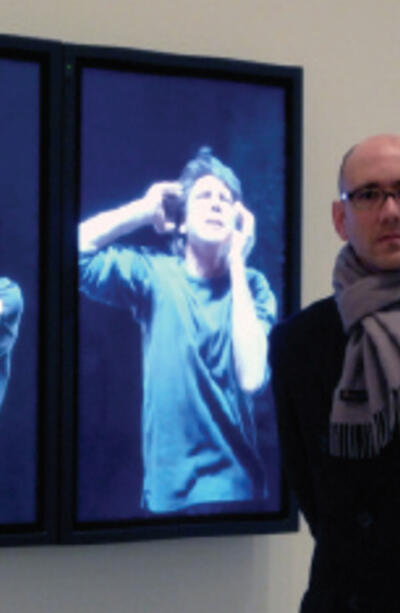
PROFILE: Carlos Basualdo, Commissioner of the United States Pavilion at the 53rd Venice Biennial
The challenge to acquire visibility in order to communicate that which the artist wishes to convey
Carlos Basualdo is writing again, not from the intimacy of a poet, but as the speaker capable of conquering spaces in which the word of the artist resonates without interferences.


